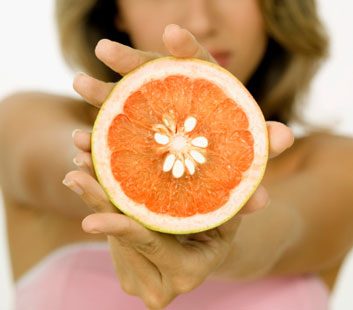
Vitamin C
Have you heard that C is a fat-loss aid? Without optimal levels of certain micronutrients, like C, your efforts to stay lean and avoid belly fat are undermined.
Top food sources
Vegetables: Asparagus; bell peppers; broccoli; broccoli rabe; Brussels sprouts; cabbage; cauliflower; collard, mustard and turnip greens; escarole; garlic; kale; kohlrabi; onions; peas; spinach; squash; sugar snap peas; sweet potatoes
Fruits: Cantaloupe; grapefruit; kiwi; lemons; limes; mango; oranges; papaya; pineapple; raspberries; strawberries; tomatoes
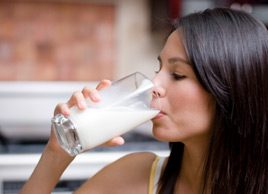
Calcium and dairy
Calcium is good for your bones, but it’s also great for controlling hunger. Research shows that those with calcium deficiencies hold greater fat mass and experience less appetite control. More excitingly, studies have found that dairy sources of calcium are more effective in accelerating fat loss than other sources. Researchers think other ingredients in dairy act synergistically with calcium.
There is also research suggesting how to use dairy to maximize fat-fading. In a University of Tennessee study, researchers showed that eating three servings of dairy daily significantly reduced body fat in obese subjects. If they restricted calories a bit while continuing with the same dairy servings, it accelerated weight loss.
There’s more: A study done in 2010 showed that drinking fat-free milk immediately after whole-body resistance training and then one hour after the workout resulted in “greater muscle mass accretion, strength gains, fat mass loss, and a possible reduction in bone turnover in women.”
Top food sources
Dairy: Cheese (cheddar, cottage, cream, feta, Gruyère, mozzarella, Parmesan, provolone, ricotta, Swiss); milk; yogurt
Nuts and seeds: Almonds; Brazil nuts; sesame seeds
Vegetables: Bok choy; broccoli; broccoli rabe; collard, dandelion, mustard and turnip greens; kale; spinach; watercress
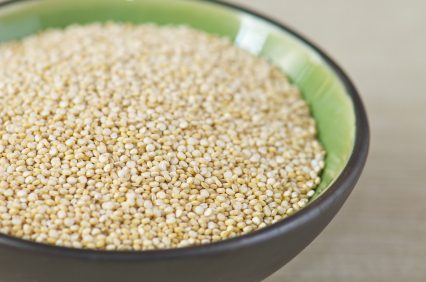
Quinoa
This ancient grain is a nutritional powerhouse, chock full of protein, amino acids, phytosterols and vitamin E. We should all be eating quinoa for its nutrition profile alone! But a study published in 2011 points to its promise as a fat inhibitor. Animals supplemented with an extract made from quinoa seeds showed less body fat, decreased body weight and decreased food consumption.
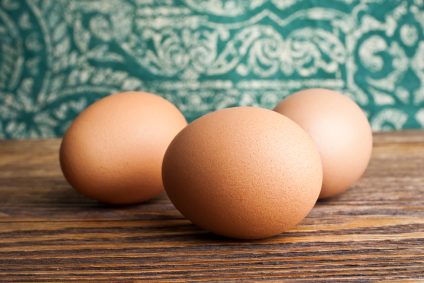
Protein
This micronutrient influences everything from enzyme and hormone production to wound and tissue healing. Two of the best benefits were shared in a 2005 Arizona State University study that looked at proven strategies for successful weight loss. Researchers found that protein increased satiety (feelings of fullness) as well as after-meal thermogenesis (calorie burn). Eating protein as compared to higher-carbohydrate meals leads to more satisfaction, less hunger and more fat burn.
And earlier research found that people following higher-protein diets generally decrease their food intake by an average of 10 percent (about 200 calories).
Top food sources
Beans and legumes: Baby lima beans; lentils; soybeans; white beans
Dairy: Cheese (cheddar, cottage, cream, feta, Gruyère, mozzarella, Parmesan, provolone, ricotta, Swiss); milk; yogurt
Grains: Barley; whole-wheat bread and tortillas; whole-wheat couscous; oats
Nuts and seeds: Almonds; hazelnuts; peanuts; pistachios; pumpkin seeds
Meats and poultry (lean cuts): Beef; chicken; eggs; pork; turkey; veal
Fish: Anchovies; cod; crab; halibut; lobster; salmon; sardines; shrimp; tuna
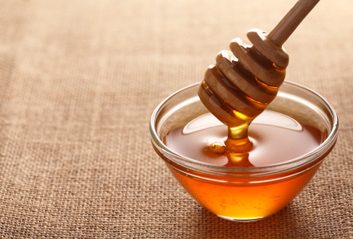
Honey
Honey has also shown great promise in animal studies for reducing weight gain and adiposity (fatness) when substituted with sugar. It’s a nutritious alternative, and its health properties are wide-ranging: It’s antibacterial, antiviral and antifungal. Honey may improve blood-sugar control, is a cough suppressant, and boosts immunity.

Cocoa
Cocoa contains more antioxidants than most foods. In a June 2011 article in the Journal of Nutrition, researchers looked at the effect that epicatechins, a substance found in cocoa, had on obese diabetic mice. (Since a diabetic person’s lifespan is, on average, seven years shorter, they were looking for any antiaging promise that increasing dietary intake of this flavonoid might give.) Their findings: The mice lived longer. The cocoa reduced degeneration of their aortic arteries, and it blunted fat deposition. Plus, a bit of dark chocolate daily strengthens the heart, boosts mood and keeps skin young.
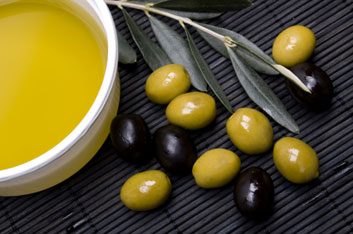
Healthy fats
Eating a diet rich in monounsaturated fatty acids (MUFAs)-found in olives, olive oil, nuts and seeds, dark chocolate and avocado-keeps your belly flat and your energy up. And research shows we can also benefit from another group of fatty acids-polyunsaturates, or PUFAs-found in fish and its oil and in many nuts and seeds, including peanuts, walnuts, sunflower seeds, flaxseeds and sesame seeds. In a Dutch study, subjects showed that consumption of PUFAs led to a higher RMR, or resting metabolic rate (the calories used just to live), as well as a greater DIT, or diet-induced calorie burn. PUFAs are also burned faster than saturated fat in our bodies.
As for saturated fats, while they are limited on the Digest Diet, one sits at the top of the “should enjoy” list: coconut oil. Why? In a 2009 Brazilian study, this sweet, rich oil was shown to do some pretty nifty things for abdominally obese women, including decreasing waist circumference, increasing beneficial HDL cholesterol, and improving the ratio of “bad” LDL to “good” HDL cholesterol. Also, in populations where coconut oil is commonly eaten, high cholesterol levels and heart disease are not common.
Top food sources
Avocado; coconut milk and oil; nuts and nut butters, particularly walnut; olive oil; salmon; sardines; seeds, particularly flax, sesame and sunflower; soybean oil; sunflower oil

Resveratrol
Many studies have been done throughout the years that clearly show a glass of wine a day is good for your health. Now studies are highlighting the great promise of the antioxidant resveratrol (found in red grapes, mulberries and peanuts, too) as a fat releaser. In several animal studies, researchers have demonstrated that moderate alcohol consumption does not promote weight gain. And in a separate animal study done in 2006, researchers found that resveratrol improved exercise endurance as well as protected against diet-induced obesity and insulin resistance, a precursor to diabetes.
Top food sources
Red grapes; red wine; Spanish peanuts
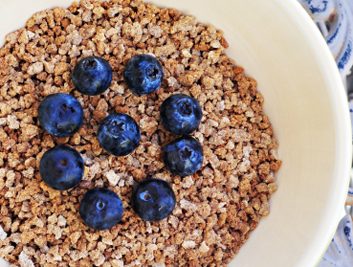
Fibre
Throughout the years, various weight-loss researchers have recommended that you start a meal with a salad to stave off hunger and ensure that you don’t overeat. But why does it work, exactly? One reason is that salads are a great source of fibre: lettuce greens, carrots, tomatoes and the like all have plenty of this macronutrient. Fibre is absolutely your friend when it comes to feeling full: Its effects on increasing feelings of satiety are well-documented. But don’t worry if you’re not a fan of salad: We get plenty of fibre from other things.
Top food sources
Fruits: Avocado; blackberries; plums; raspberries; tomatoes
Nuts and seeds: Almonds; Brazil nuts; flaxseeds; pecans; pistachios; sesame seeds; sunflower seeds
Grains: Barley; whole-wheat couscous; brown rice; oats
Legumes: Beans; chickpeas; edamame; lentils; peas (dried and fresh)
Vegetables: Artichokes; broccoli; lettuce; mustard and turnip greens; radishes
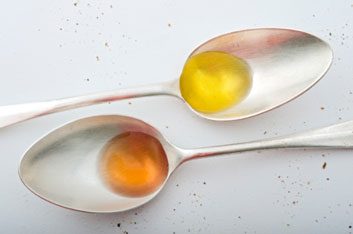
Vinegar
Research has shown that vinegar can reduce the blood-sugar spiking effect of a meal, which has been linked to satiety, resulting in reduced food intake. If you feel more satisfied, you eat less. But vinegar may also prevent body-fat accumulations, according to an animal study done by Japanese researchers in 2009. In that study, mice were fed acetic acid, the main component of vinegar, for six weeks; this suppressed the accumulation of body fat in the animals.
Related:
• Why do diets stop working?
• 5 diets that don’t work
• How cheating on your diet can help you lose weight
